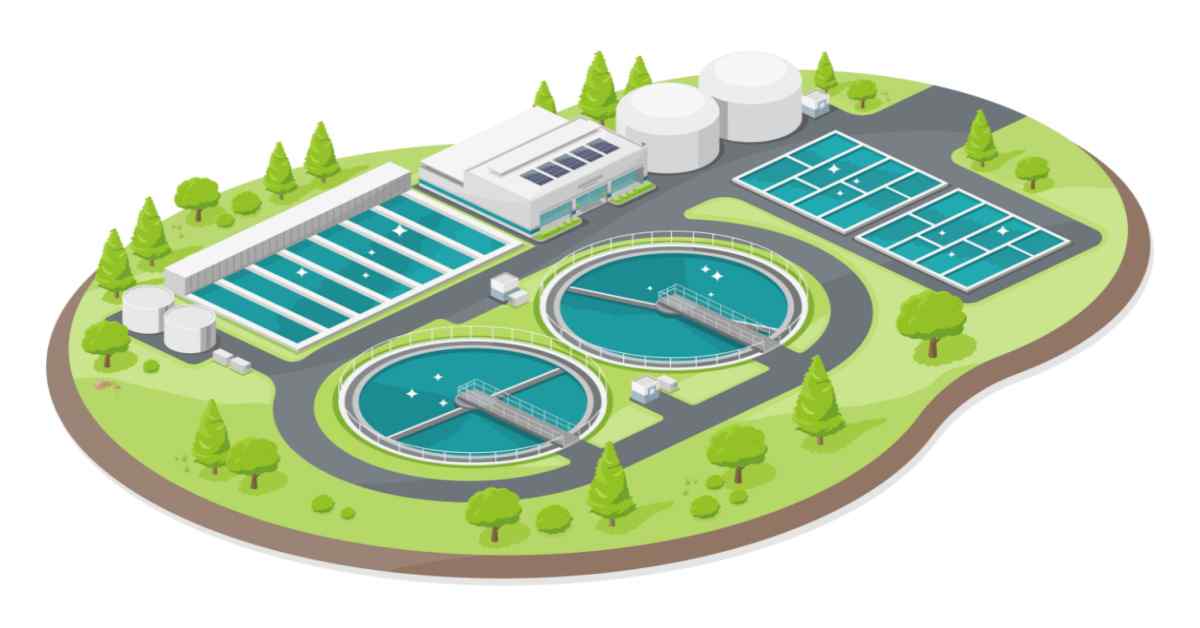The Link Between Wastewater Management and Public Health
The Link Between Wastewater Management and Public Health
Blog Article
Recognizing Wastewater Treatment Processes and Their Environmental Effect
The details of wastewater therapy procedures play a pivotal duty in mitigating environmental obstacles linked with water contamination. Each stage, from preliminary to advanced therapies, is created to resolve certain pollutants, ultimately safeguarding both public health and wellness and water communities.
Review of Wastewater Treatment
Just how is wastewater transformed into a risk-free source for the environment? Wastewater treatment is a crucial process developed to get rid of impurities from made use of water, thus protecting public wellness and protecting environments. This procedure starts with the collection of wastewater from domestic, industrial, and industrial sources, which is then directed to therapy centers.
At these centers, numerous physical, chemical, and biological approaches are utilized to treat the wastewater. Ultimately, organic therapies, such as triggered sludge procedures, use microorganisms to break down organic matter.
The dealt with effluent can be safely released into natural water bodies or recycled for watering and commercial functions, advertising source conservation. In addition, the treatment process produces biosolids, which can be repurposed as fertilizers or dirt changes, even more improving sustainability.
Phases of Therapy Processes
The wastewater treatment process commonly contains three main stages: preliminary, key, and second treatment. Each phase offers a distinctive role in decreasing the contaminant load and guaranteeing the effluent fulfills ecological requirements before discharge.

The key therapy phase concentrates on the physical splitting up of put on hold solids from the wastewater. With sedimentation, heavier particles work out at the bottom of sedimentation storage tanks, developing sludge, while lighter products, such as oils and greases, float to the surface area and are skimmed off. This procedure substantially minimizes the natural and not natural load in the wastewater.
Additional therapy is an organic process intended at further reducing the concentration of organic issue. This phase is vital for attaining the required biochemical oxygen demand (BODY) reduction, eventually leading to cleaner effluent prepared for discharge or further treatment.

Advanced Treatment Technologies
Complying with the second therapy procedures, advanced therapy innovations play a vital function in more enhancing the high quality of treated wastewater. These modern technologies are designed to get rid of residual contaminants that are not efficiently eliminated throughout key and secondary therapies, ensuring the effluent meets rigid governing standards.
Amongst the commonly used advanced treatment approaches are membrane filtering, reverse osmosis, and progressed oxidation procedures. Membrane purification, consisting of microfiltration and ultrafiltration, is reliable in dividing great particles, microorganisms, and colloids from the water (Wastewater). Reverse osmosis uses semi-permeable membrane layers to get rid of dissolved solids, resulting in premium water suitable for numerous applications
Advanced oxidation processes (AOPs) use strong oxidants to break down natural contaminants, consisting of drugs and personal care items that are immune to conventional treatment. These techniques improve the biodegradability of complicated compounds, facilitating their removal.
One more substantial innovation is making use of biological nutrient elimination processes, which especially target nitrogen and phosphorus, stopping eutrophication in receiving water bodies. great site Generally, sophisticated treatment modern technologies are crucial for accomplishing higher levels of filtration, promoting water reuse, and securing public health and wellness while attending to the challenges connected with wastewater monitoring.
Environmental Benefits of Treatment
Countless ecological advantages arise from reliable wastewater treatment procedures that contribute to ecosystem health and wellness and sustainability. Mainly, these processes considerably minimize the release of unsafe pollutants right into all-natural water bodies, which aids keep aquatic environments. By getting rid of impurities such as hefty steels, nutrients, and pathogens, dealt with wastewater mitigates the threat of waterborne conditions and advertises biodiversity in marine environments.
Furthermore, wastewater therapy centers frequently utilize innovative innovations that allow water recycling and reuse. This technique not just saves fresh water sources but also decreases the demand on all-natural water supplies. Enhanced nutrient removal from wastewater can likewise protect against eutrophication, a procedure that leads to algal blossoms and succeeding oxygen deficiency in aquatic systems.
Additionally, efficient treatment procedures can lessen greenhouse gas emissions, particularly methane and laughing gas, which are commonly released during untreated wastewater decomposition. By recording and making use of biogas from anaerobic digesters, centers can convert waste into eco-friendly energy, consequently adding to a reduction in nonrenewable fuel source reliance.
Obstacles and Future Patterns
While the ecological benefits of wastewater therapy are clear, numerous difficulties linger that impede optimum results in this field. One significant issue is aging facilities, which usually brings about inefficiencies and enhanced operational prices - Wastewater. Numerous therapy plants were designed decades back, and their capacities do not line up with contemporary demands, that include more stringent governing criteria and greater volumes of wastewater as a result of urbanization

Looking ahead, there is a growing emphasis on source recuperation and round economy principles within wastewater therapy. Innovations such as anaerobic view it now digestion, which can create biogas, and progressed filtration modern technologies are gaining traction. These approaches not only enhance therapy efficiency yet likewise promote sustainability.
Eventually, addressing these challenges needs partnership amongst stakeholders, financial investment in modern technology, and a dedication to recurring study. By welcoming these fads, the wastewater treatment market can progress to meet the needs of a transforming setting and culture.
Verdict
In verdict, wastewater treatment procedures play an important duty in enhancing environmental high quality and public health and wellness. The multi-stage more helpful hints treatment structure, combined with advanced modern technologies, successfully alleviates air pollution and advertises sustainable water management.
Report this page